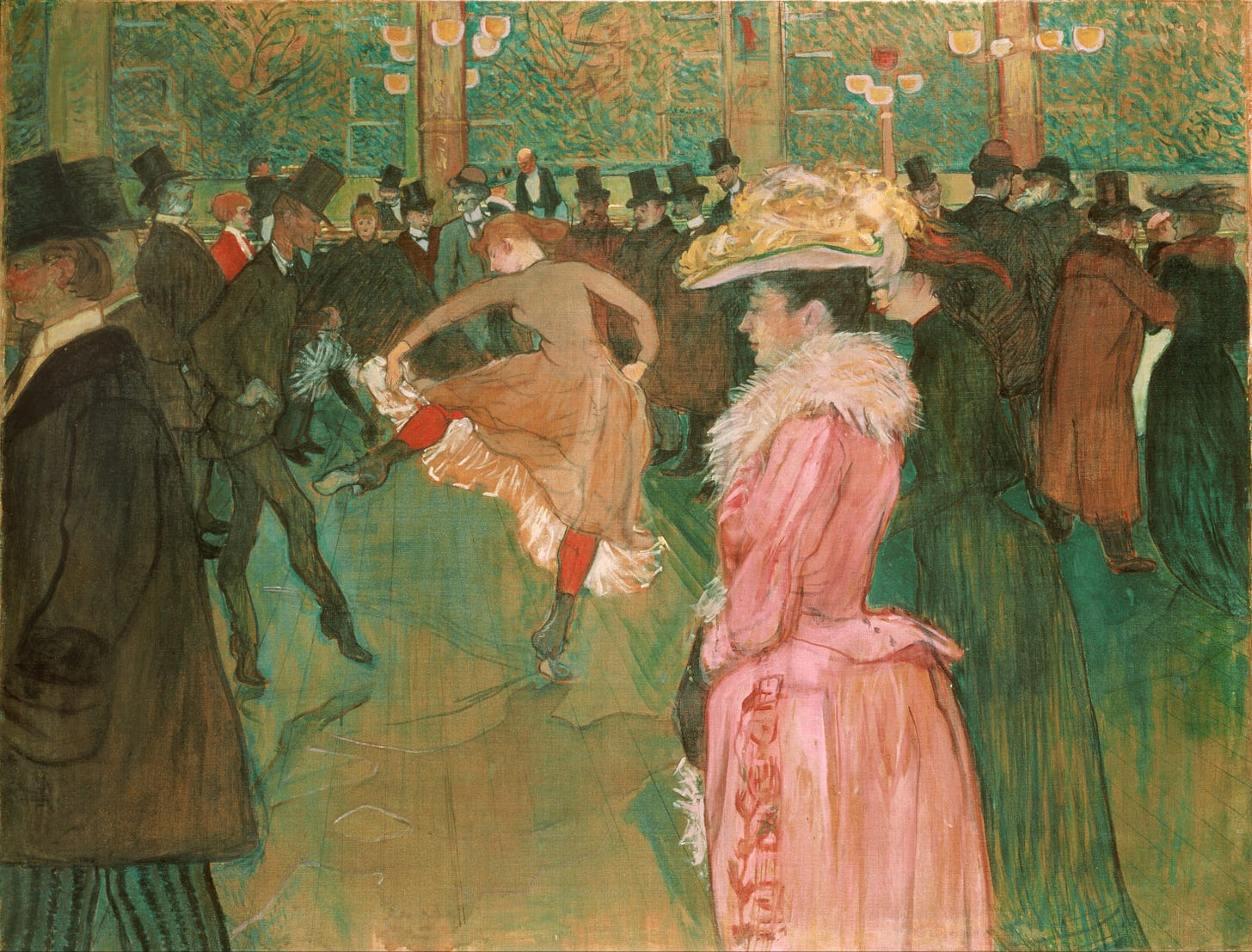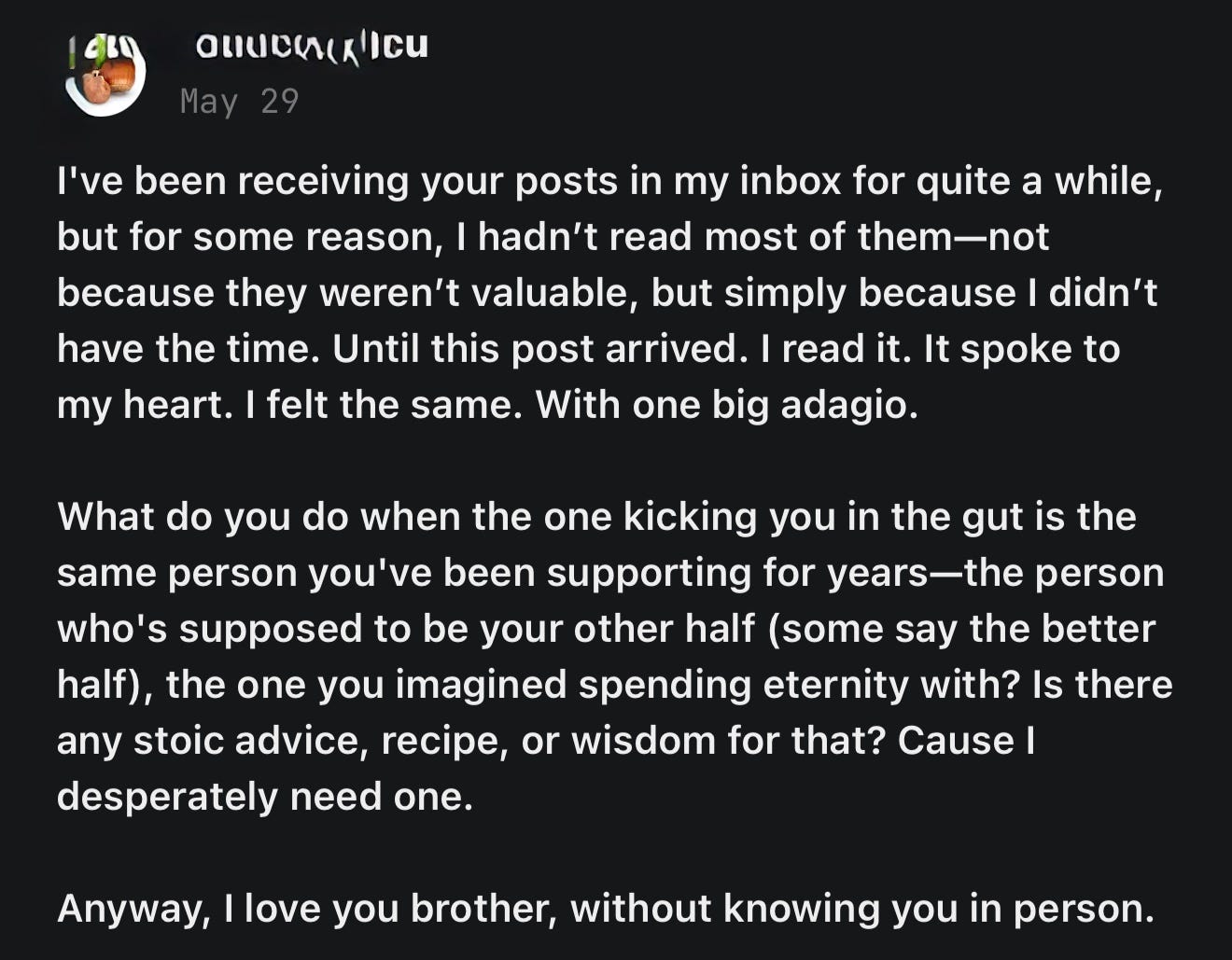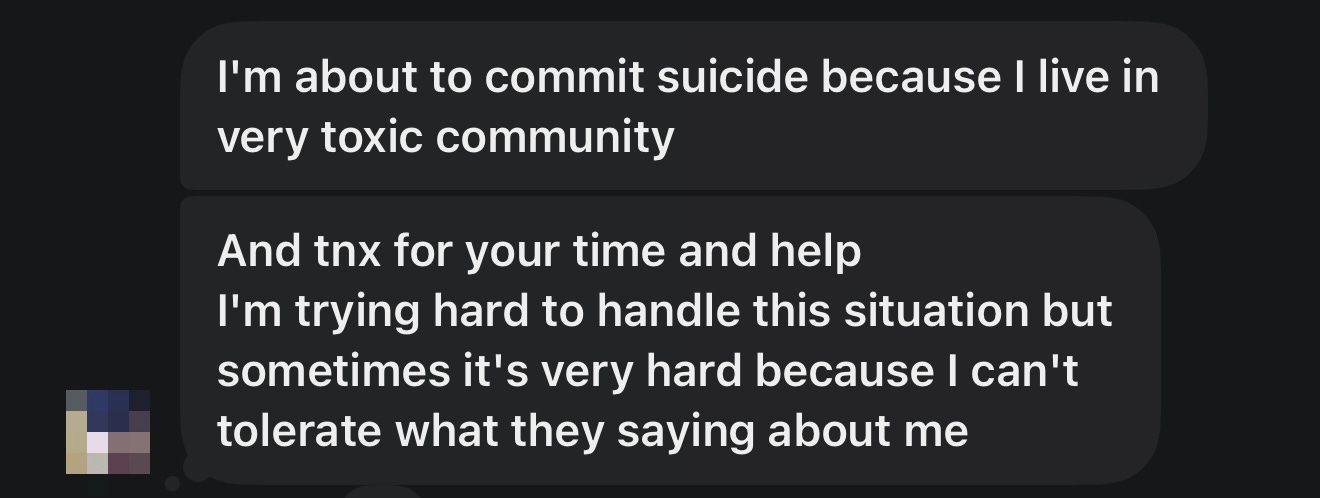Social Skills VIII. How to Deal With Toxic People
How to detect and avoid toxic relationships early, How to handle toxic family members when you can’t leave, The 4 rules for dealing with toxic people, How to leave toxic people strategically.

“There’s nothing worse than a wolf befriending sheep. Avoid false friendship at all costs.” —Marcus Aurelius, Meditations, 11.15
I receive messages like these often (identity concealed for privacy),
I’ve dealt with my fair share of the same troubles.
I used to lie to my friends about why I didn’t want them coming over.
I’d say, “The house is a mess,” or “My uncle’s working late and might get cranky.” The truth? I never knew what version of him I’d get. Sometimes he’d be quiet and dismissive, sometimes he’d talk too much, ask invasive questions, and make everyone uncomfortable. But the worst days were when it was just me and him.
He never hit me. That’s what made it harder to explain. But he had this way of making me feel small. Like I owed him something for living there. For eating his food. For sitting on his couch. He’d say things like, “Don’t walk around like you own the place,” or “You should be more grateful. You think your dad would’ve done half of this?”
Every little thing turned into a fight. A dirty dish in the sink. A tone in my voice. Once, he picked a fight because I bought my own shampoo. “What, mine’s not good enough for your hair?”
I started disappearing. Staying late at school. Saying yes to every sleepover. Spending entire dinners trying not to breathe too loud. And still—it was never enough. He’d find new ways to poke, to push, to wear me down.
For the longest time, I thought I was the problem. I thought maybe I just wasn’t trying hard enough to keep the peace. But peace with people like that? It’s impossible. You keep bending, and they keep pushing.
I didn’t have the words back then. But I do now. And if you’ve ever been stuck in a situation like that, where love feels like walking on eggshells, this might give you the tools to finally name it, deal with it, and move differently.
Sometimes it’s romantic relationships. They start well. Our potential partners seem intelligent, even charming. You're flattered by their attention—drawn into long conversations, texts that feel like a sublime connection, and the sense that you've finally met someone who gets you. But then the air gradually changes. You find yourself second-guessing your words, apologizing more than usual, defending yourself against things you never said or meant. You feel drained after every interaction, but guilty if you pull away. The more you try to explain yourself, the more confused you get. Somehow, you’re always the one at fault.
That’s the trap of the high conflict personality, what most people casually refer to as “toxic.” But unlike difficult people who frustrate us occasionally, these individuals create a pattern of chaos that doesn’t go away. They manufacture conflict and thrive in it. And more dangerously, they often appear harmless at first.
So who are these people?
“Toxic” isn’t a clinical term, but in the work of Bill Eddy—a lawyer, therapist, and mediator who’s spent decades navigating divorce courts, custody battles, legal conflicts, and mediation rooms—these people fall under a behavioral category called High Conflict Personalities (HCPs). HCPs aren’t always mentally ill, but they are compulsively disruptive. They repeat the same emotional loops in every environment they enter: blame, distortion, projection, escalation, crisis, and manipulation. And they don’t change, because they don’t self-reflect. They externalize blame so effectively that you’ll often find yourself the one apologizing while they double down.
I want to warn you that this essay isn’t about changing toxic people. It’s not about forgiving them, fixing them, or turning the other cheek until you’re too exhausted to stand. It’s about defending your peace by seeing the signs early. It’s about knowing when to walk away, how to hold your ground, and how to communicate in ways that protect your time, energy, and identity. It’s about prevention when possible, adaptation when necessary, and survival — always.
The strategies that follow are built on what works in real-world conflict—when courts are involved, families are split, and reputations are under siege. They are drawn from the life’s work of someone who’s resolved thousands of these cases, and they are practical enough to use starting today. We’ll look at,
What Makes Someone “Toxic”?
How to Identify the Different Types of Toxic People & Partners
How to Avoid Toxic Relationships Early
How to Handle Toxic Family Members When You Can’t Leave
The 4 Rules for Dealing With Toxic People (with Practical Examples)
How to Leave Toxic People Strategically
You can't save asshats. But you can stop losing yourself to them.
Previously,
II. What Makes Someone Toxic?
Not everyone who frustrates you is toxic. Some people are simply irritating, inconsistent, emotionally immature. But there’s a different category of a person who doesn’t just drain your patience—they distort your reality. These are the ones who twist narratives, hijack conversations, assign blame, and walk away from every shattered relationship with a clean conscience and a new enemy. They are what Bill Eddy calls High Conflict Personalities, people who don't just cause conflict, but need it to function.
They repeatedly make other people’s lives worse by default.
There are four behavioral signatures that define a toxic person. First is…
Join 50,500 other readers. Annual/Patron members get a free copy of my book, ‘THE TOOLS’ + over 40,000 words of bonus content + a free copy of my next book dropping next year.






